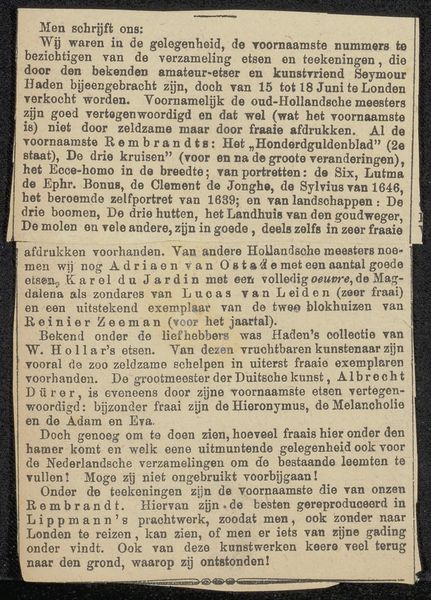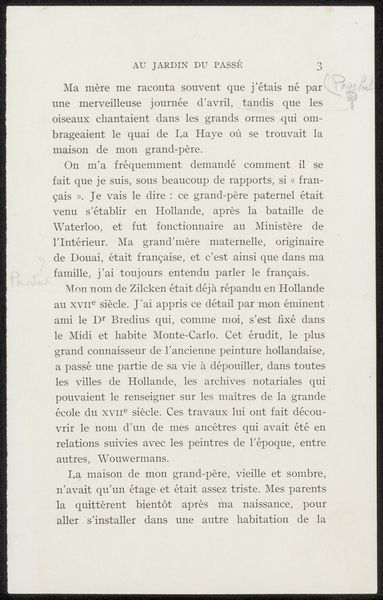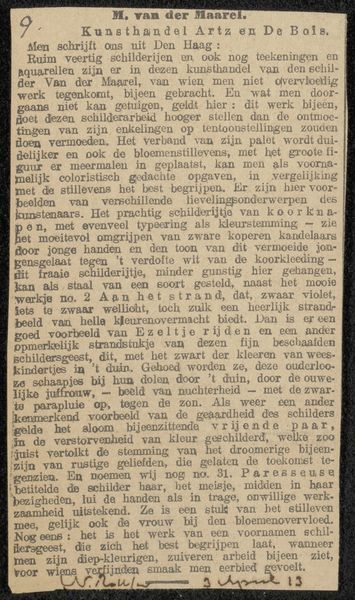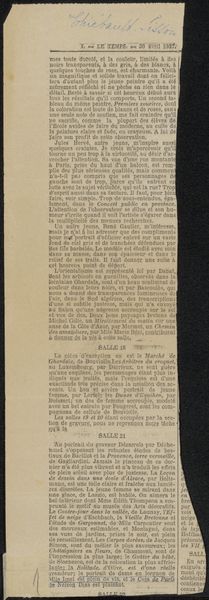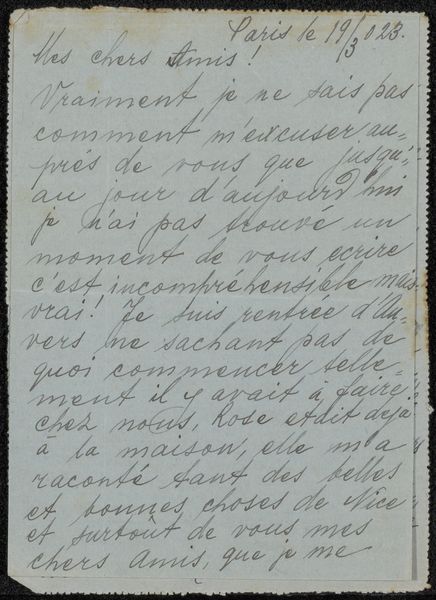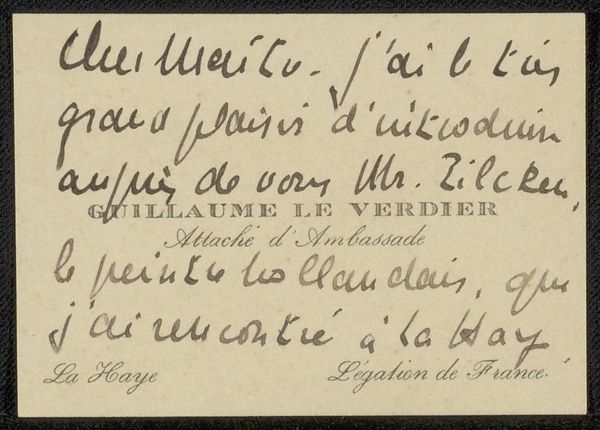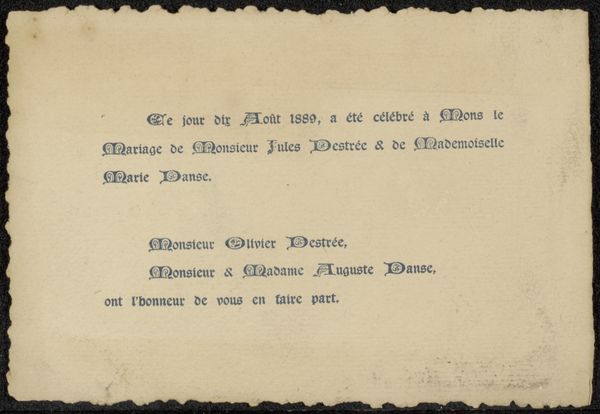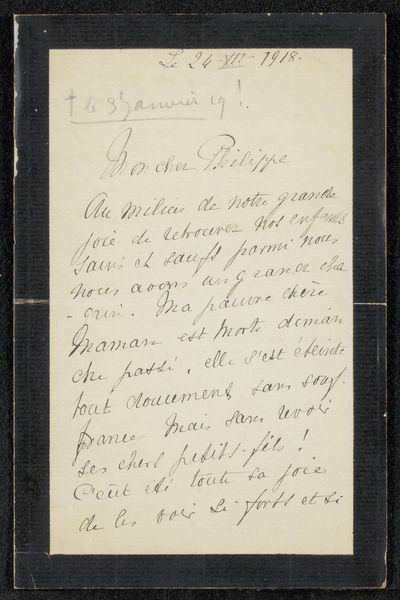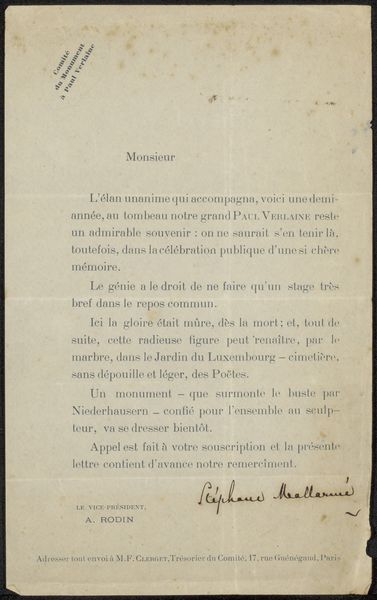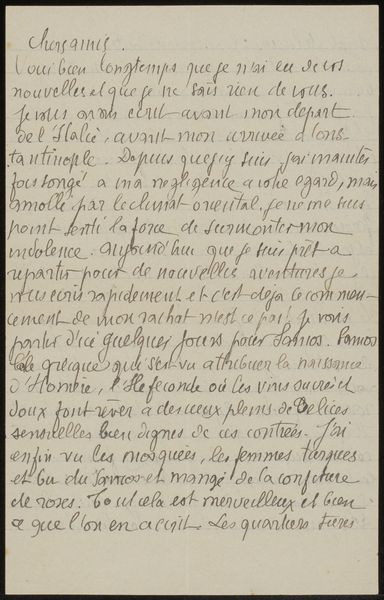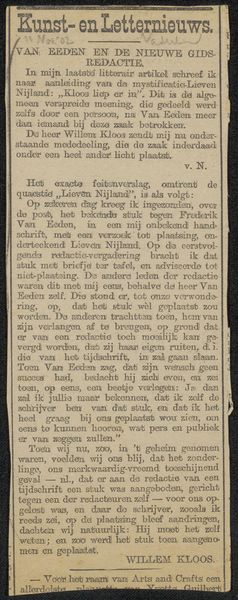
collage, print, textile, paper, typography
#
type repetition
#
aged paper
#
collage
#
hand-lettering
# print
#
hand drawn type
#
hand lettering
#
textile
#
paper
#
personal sketchbook
#
typography
#
hand-drawn typeface
#
stylized text
#
thick font
#
columned text
Copyright: Rijks Museum: Open Domain
Curator: Here we have “Krantenknipsel uit archief Philip Zilcken,” a newspaper clipping collage dated somewhere between 1867 and 1930. What strikes you about this work? Editor: It looks so ephemeral, almost like a found object. The aged paper and the text create a feeling of a specific, yet lost, moment in time. What can we learn from it? Curator: Well, considering a materialist approach, this piece invites us to think about the means of production and consumption of information at the time. The printed news clipping, meticulously pasted, speaks volumes about the labor involved in disseminating news and constructing historical narratives. What's more, the use of collage—itself a fairly modern technique—forces us to consider how “high” art and everyday ephemera could begin to interact. How does the presentation itself shape the narrative? Editor: That's interesting. So, it's not just about what the clipping says, but also about how it was physically made and used as a source? It kind of blurs the line between information and art, right? Curator: Precisely! The choice of material—a newspaper clipping, something mass-produced and then individually archived—challenges notions of artistic authorship and value. This wasn’t painted in a studio, right? What was the maker's purpose in compiling this collage and saving such fleeting media? This might be some raw source material destined to be transformed. Editor: I never thought about the artistry behind simply compiling or archiving information. So, looking at it this way, we can analyze its materials and context to understand broader social and cultural values of that period. I see it differently now. Curator: Indeed. Focusing on its material presence reveals the choices involved in creating and preserving meaning through everyday objects. We see the transformation of media.
Comments
No comments
Be the first to comment and join the conversation on the ultimate creative platform.

